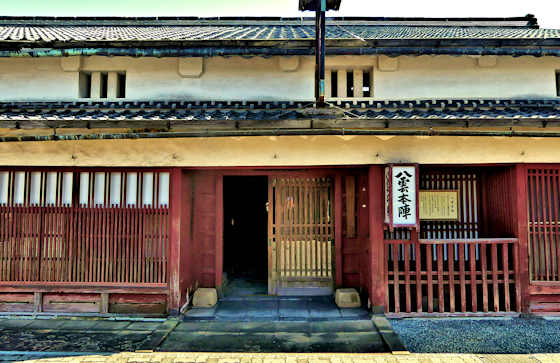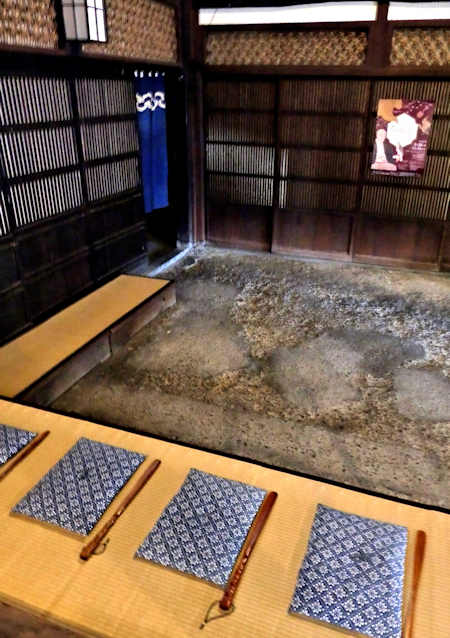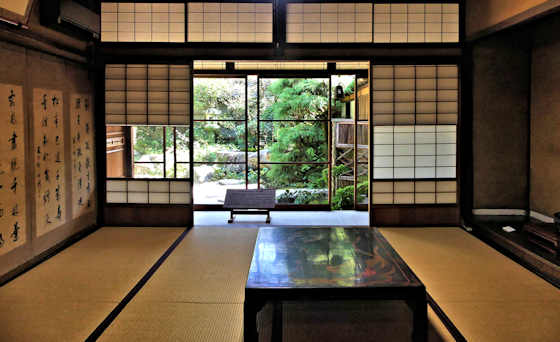Friday, August 13, 2021
Yakumo Honjin
Wednesday, August 11, 2021
Juraku-ji Revisited
Jurakuji
Juraku-ji is temple number 7 on the Shikoku 88 temple pilgrimage. I visited when I walked that pilgrimage but this time I am walking the Shikoku Fudo Myo Pilgrimage, and although this temple is not part of that pilgrimage, the first day and a half of the Fudo Pilgrimage roughly follows thye same route so I stopped in at any temples I passed.
Monday, August 9, 2021
Kubota Residence Gardens
Saturday, August 7, 2021
Arikoyama Inari Shrine
Thursday, August 5, 2021
Imaura Harbor
Tuesday, August 3, 2021
Kannon at Myo-On-Ji Temple
Myoonji
Saturday, July 31, 2021
Kongoji Temple 58 on the Kyushu Pilgrimage
My last stop on day49 of my first walk around Kyushu was Kongoji. temple number 58 on the Kyushu Pilgriage, which I have recently read claims to be the longest pilgrimage in Japan.
Wednesday, July 28, 2021
Dragons and Fudo at Ariake naritasan Taishoji
There wasn't a lot of statuary, nor greenery, at Taishoji, but I ws taken by the double dragons at the temizuya.
Monday, July 26, 2021
Ariake Naritasan Taishoji Temple 101 Kyushu Pilgrimage
As I approached the 101st temple of the Kyushu pilgrimage I was not sure I was at the right place as it really didn(t look like a temple at all. To my untrained eye it looked quite Chinese and possible SE Asian in design. The whole place, except for a small Daishi-do, was made out of concrete, which is actually not that unusual.
Friday, July 23, 2021
Greenland Amusement Park
For several hours while heading for the next temple on the pilgrimage, I seemed to be heading directly for some kind of multi-colored tower. Turns out the temple is adjacent to a huge amusement park.


































































